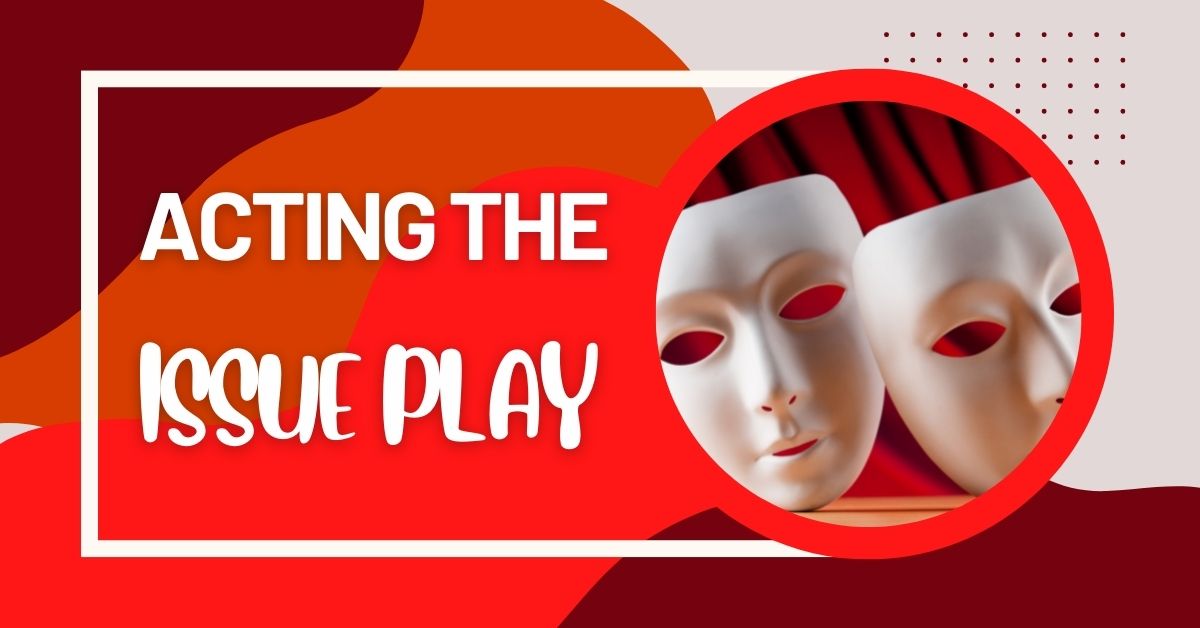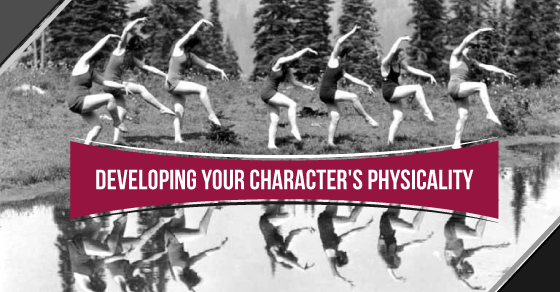Acting the Issue Play
Want to give your students some fantastic acting material that they can really sink their dramatic chops into? Consider doing an issue play for your next production. Issue plays explore problems and topics that are current and relevant for your students, including body image, bullying, mental health, identity, individuality, and human rights. Students are able to resonate with the issues that the characters face, and these plays can be a great way to entertain and educate at the same time.
While issue plays are rewarding, they can be challenging as well. Issue plays can bring out some strong emotions when you and your students are working on them, and it’s important to approach them with thoughtfulness and care. Here are some tips for acting the issue play:
1. Be wary of how many times your character expresses extreme emotion. In a one-act play, characters should only cry once. Shout at each other once. Hit once. Scream once. If you abuse the extreme emotion it becomes ineffective. The more you shout, the less the audience will listen. All they will hear is the noise, and not the content.
2. Fight the urge to ‘act’ sad. Sad plays are already sad. The text is sad. Use all forms of emotion to react to the issue. Anger can be quiet, sad people laugh, and so on. That is what will make the moment alive instead of stereotypical.
3. Always remember the audience. The issue play can sometimes turn into an insular experience for the cast if they get too involved with what they’re doing. Always keep in mind that your job is to keep the audience on the edge of their seats. That has to be done in a variety of ways. Variety is the key. It’s always more effective to make an audience laugh right before you hit them in the gut with something dramatic. Silence works in tandem with shouting. Always have a moment of stillness after a moment of chaos.
4. Take the most dramatic moment in the play and rehearse it with the opposite emotion. If there are two characters screaming at each other, turn the moment on its head and have the characters laugh at each other. It will give you a fresh perspective of the scene. You’ll find new rhythms in the pace of the dialogue. It’s a great way to create a break between the character going through the issue, and the actor. On that note…
5. Remember that it is the characters who are in the issue, not the actors. Every time you rehearse a tense, emotional moment, create a clean break. Play a silly improv game at the end of rehearsals. Sing. Do yoga. Play duck duck goose. Create a ritual to bring yourself out of character.
6. Have an outsider watch the show. If you and your cast are knee-deep in your issue, you may not think the show is straying into the overdramatic. A fresh eye (that you trust!) can let you know if the show is on the right track.



